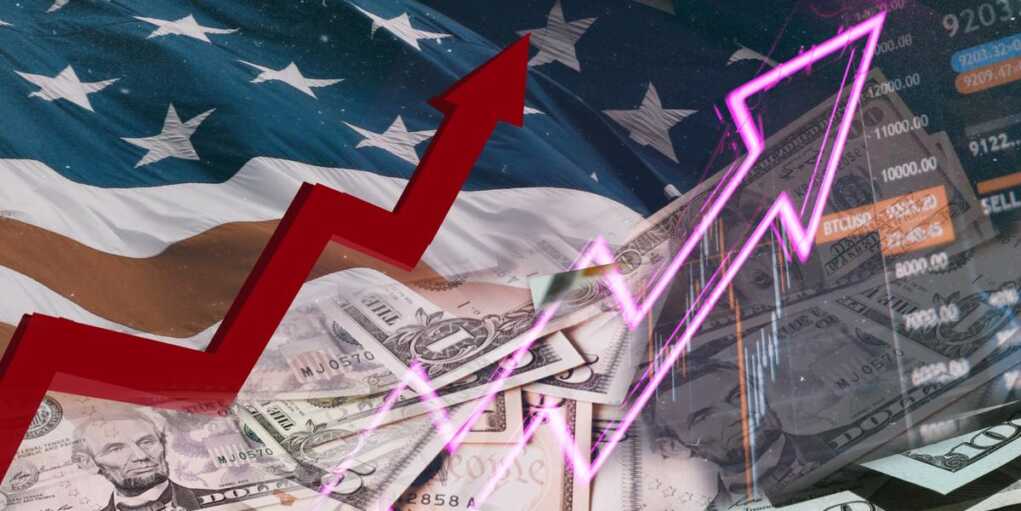Trump’s Economy Roars Back — And Now He Wants the Fed to Pay Attention

The second quarter of 2025 delivered an economic surprise that even the optimists didn’t see coming. Under President Trump’s watch, the U.S. economy clocked in an annualized GDP growth rate of 3%, smashing forecasts and silencing recession talk—for now.
The report from the Commerce Department revealed the economy’s strong bounce-back after a shaky start to the year. GDP had declined by 0.5% in the first quarter, but the second quarter showed a clear reversal, outperforming the 2.3% Dow Jones estimate. Consumer spending was up 1.4%, inflation was down, and the overall message was unmistakable: the Trump economy isn’t just stable—it’s gaining speed.
Trump wasted no time celebrating. “2Q GDP JUST OUT: 3%, WAY BETTER THAN EXPECTED! ‘Too Late’ MUST NOW LOWER THE RATE. No Inflation! Let people buy, and refinance, their homes!” he posted on Truth Social.
A Shifting Inflation Picture
The personal consumption expenditures (PCE) price index—the Fed’s preferred inflation metric—rose by 2.1% in the second quarter, barely above its 2% target. Even more encouraging, the core PCE (excluding volatile food and energy prices) grew at just 2.5%, down from 3.5% in the previous quarter. These are the kinds of numbers the Federal Reserve has been waiting for to justify pausing, or even reversing, its historic rate hikes.
The Fed’s next move now comes under intense scrutiny. While the central bank has kept its key borrowing rate steady since December, hovering in the 4.25%-4.5% range, Trump is putting pressure on policymakers to begin cutting rates. His argument: with inflation under control and economic growth back on track, it’s time to unleash credit and drive investment.
Tariffs Driving the Boom?
Trump and his supporters credit much of the turnaround to his aggressive tariff policy. Treasury Secretary Scott Bessent, speaking at a recent Breitbart policy event, said tariffs are delivering unprecedented revenues, calling it “tariff derangement syndrome” when critics panic over the strategy. Tariff revenue jumped 301% compared to June 2024, reaching $27 billion for that month alone. Year-to-date collections have hit $113 billion—up 86% from last year.
These funds, Trump says, could be used not just to reduce the national debt, but potentially to fund rebates for working Americans. “A little rebate for people of a certain income level might be very nice,” he said, teasing a policy move that could both inject cash into the economy and boost his popularity ahead of 2026.
The Bigger Picture
While the White House touts these gains as proof that America is roaring back under conservative economic principles, not everyone is ready to join the victory parade. Export numbers dipped by 1.8% in Q2, and economists like Heather Long warn that consumers remain “on edge” until key trade deals are fully locked in.
Still, the tone in Washington has clearly shifted. Talk of soft landings and “resilience” is replacing the doom-and-gloom forecasts that dominated headlines earlier this year. And with growth numbers like this, Trump is well-positioned to claim a new era of economic leadership.
Now, all eyes turn to the Fed. Will they hold firm—or give in to mounting political and economic pressure to cut rates? Either way, Trump is making it clear: he sees this booming quarter as validation—and a green light to keep pushing his America First economic agenda even harder.









